Ask AI on The Internet
Question: How is a protected area represented on a topographic map?
On a topographic map, a protected area is often depicted using specific symbols or color codes that distinguish it from other types of land use. Here are common ways protected areas might be represented: 1. **Boundaries:** Protected areas are typically outlined with bold or dashed lines. This boundary might be more prominent than those representing other features. 2. **Color Coding:** Many maps use a particular color, such as green or shades of green, to indicate national parks, wildlife refuges, or nature reserves. The specific color codes can vary depending on the map's legend or the cartographic standards used. 3. **Shading or Hatching:** Some maps use shading or hatching within the boundary lines to signify a protected area. The legend will usually explain what type of protected area it is. 4. **Labels and Names:** Protected areas are frequently labeled with their names, such as "Yosemite National Park" or "Great Barrier Reef Marine Park," to clearly identify them. 5. **Symbols:** Icons or symbols, such as a tree for a forest reserve or a mountain peak for a national park, can also be used to denote protected areas. 6. **Text:** Descriptive text or abbreviations like "NP" (National Park), "WS" (Wildlife Sanctuary), "FR" (Forest Reserve), etc., can be placed within or near the boundaries to provide more information. 7. **Use of Green Lines or Borders:** Often, green lines or borders signify boundaries of protected areas on topographic maps. When interpreting a topographic map, it's crucial to refer to the map's legend, as it will provide the specific symbols, colors, and conventions used on that particular map. The legend is the key to understanding all the features represented.
Think your answer is better than the AI's? Post it below.
Other Most Relevant Posts:
Question Tags
If you want your question answered by an AI, click here.
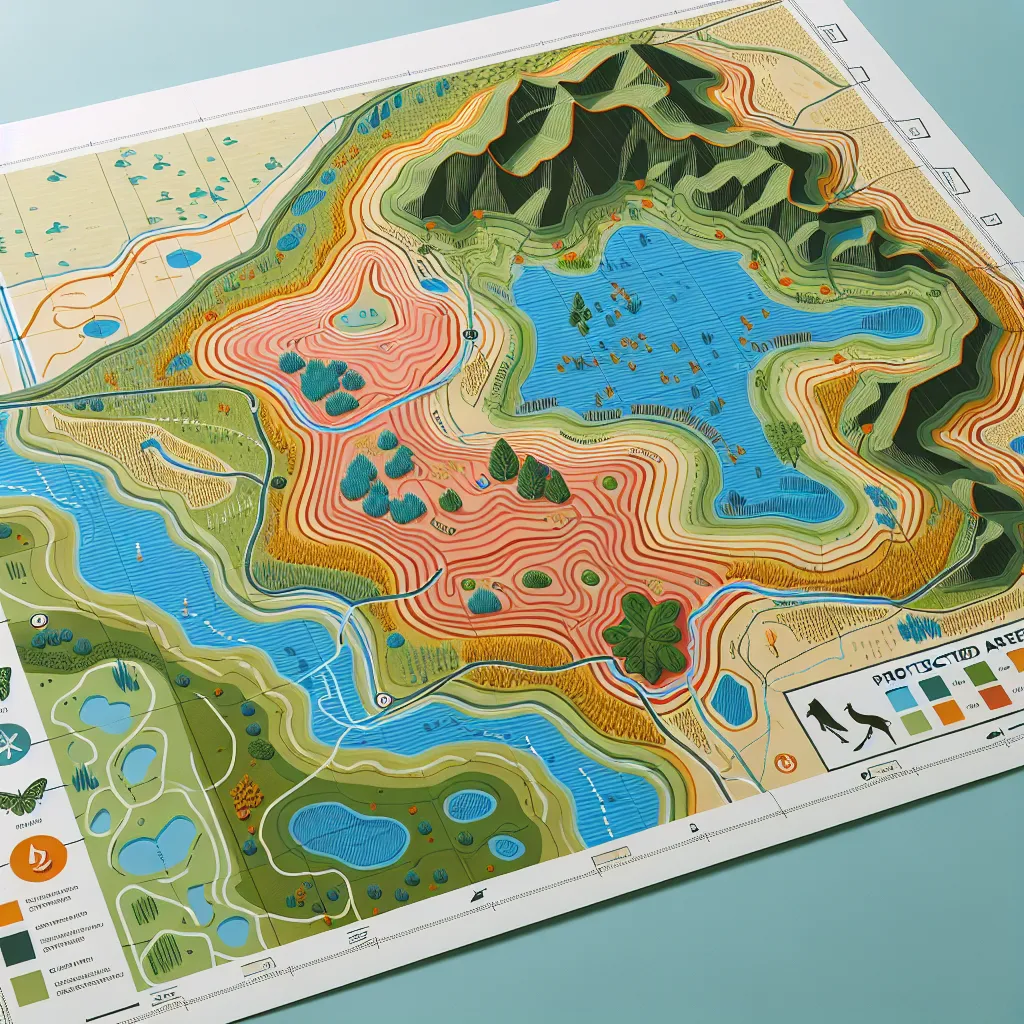
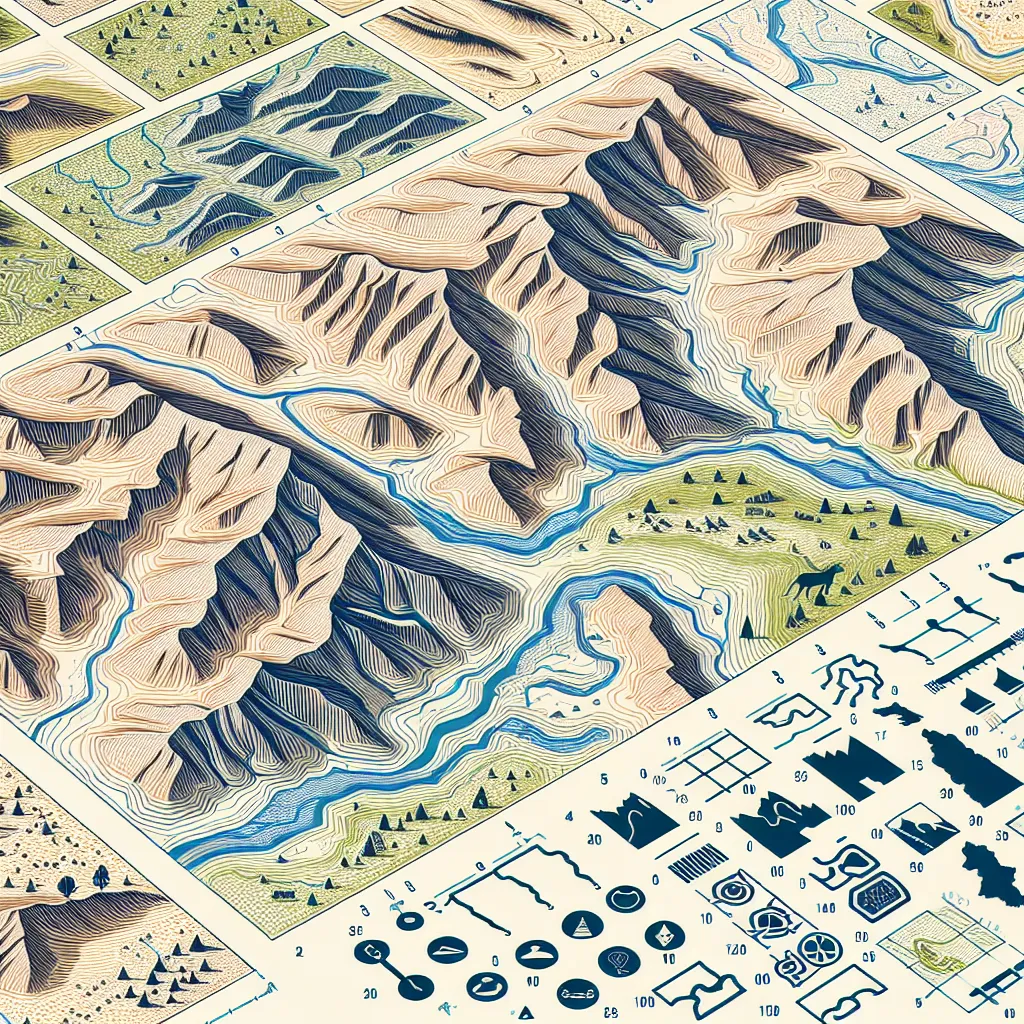
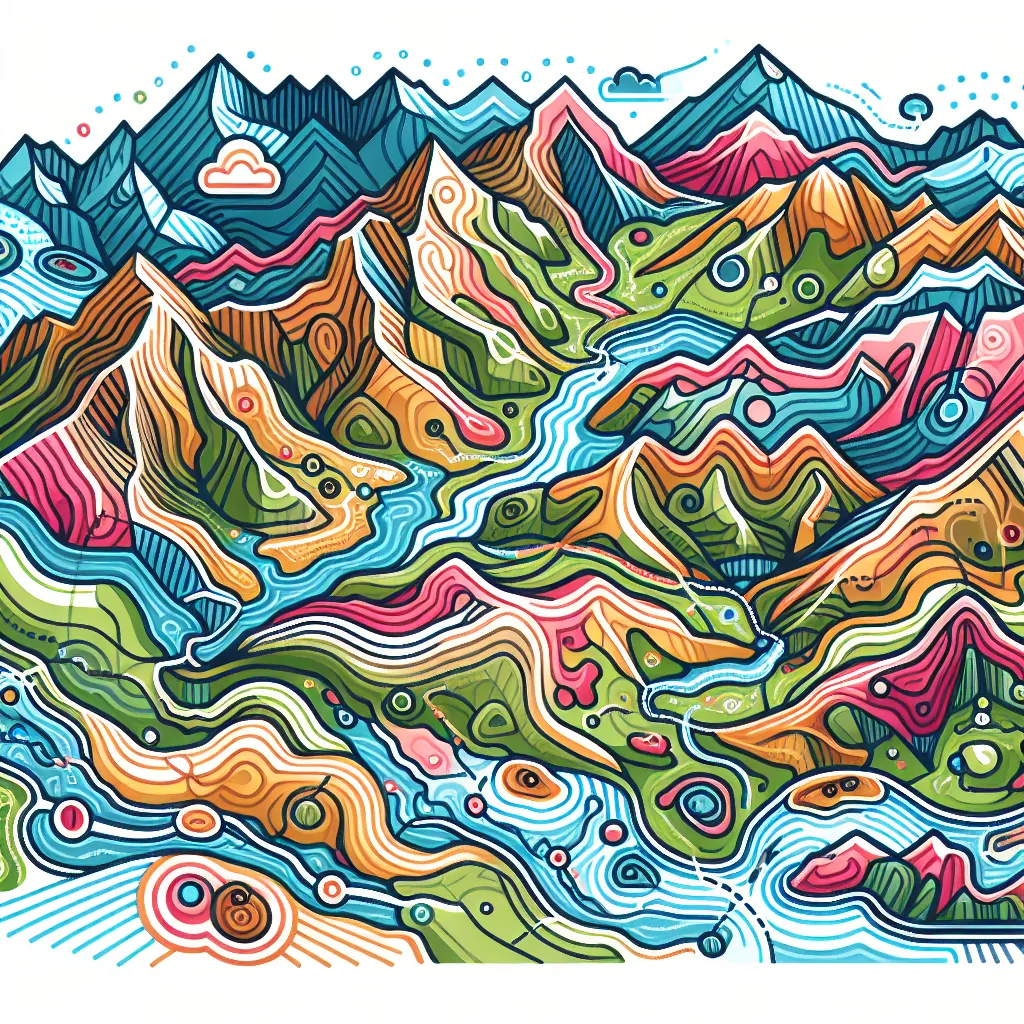
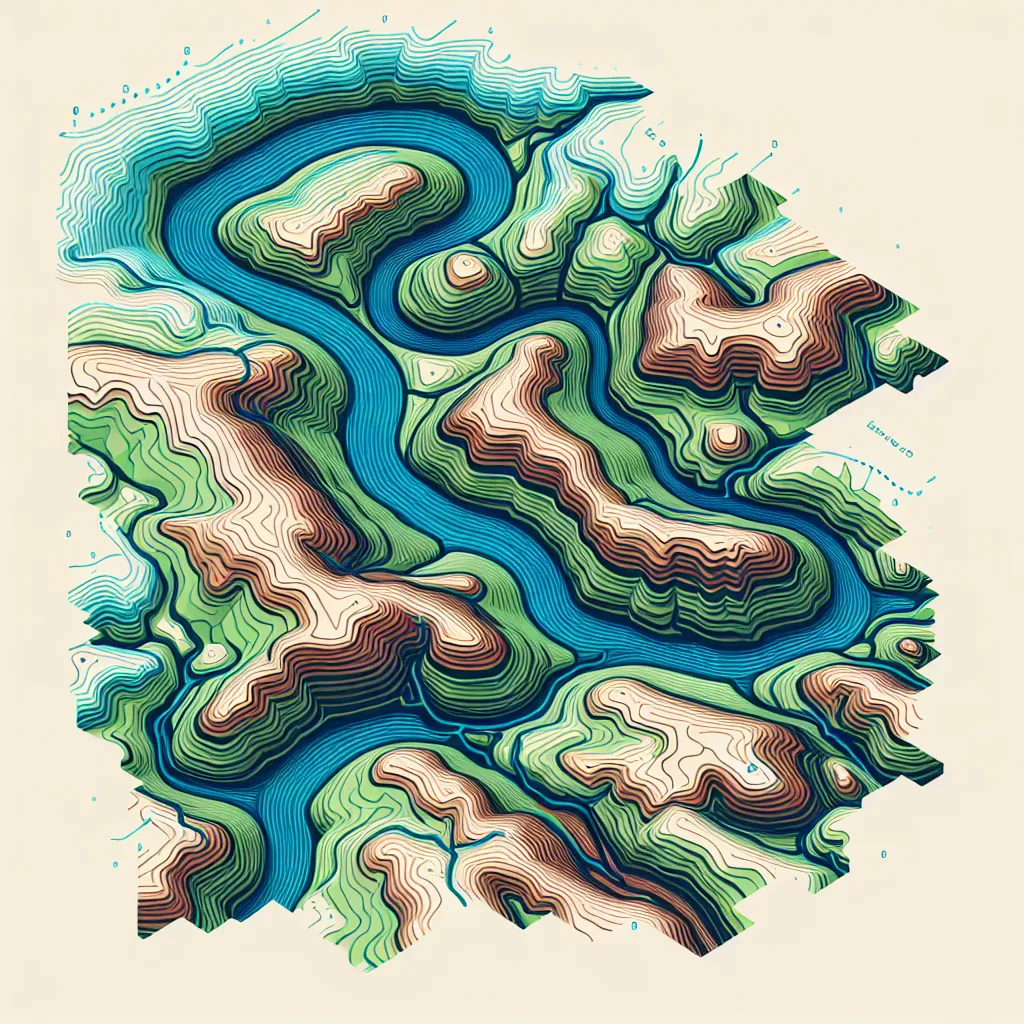
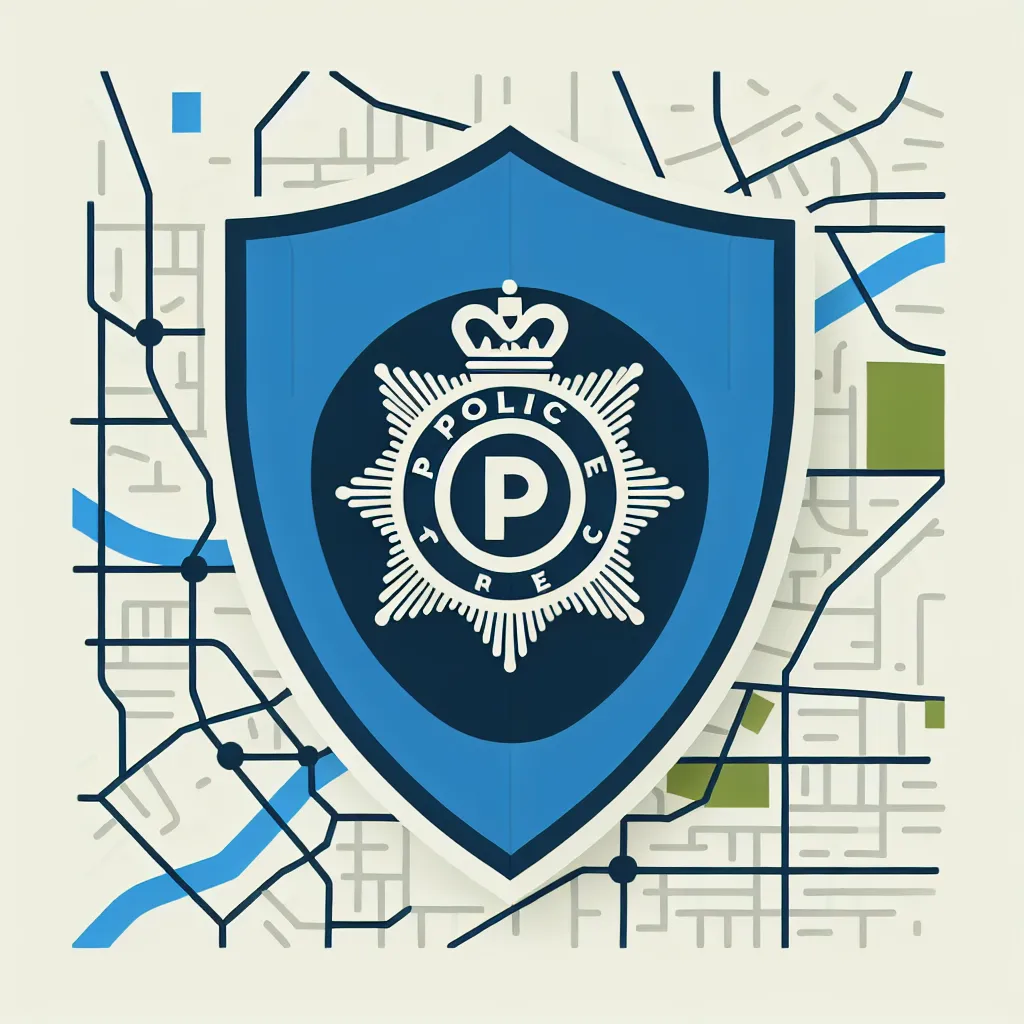
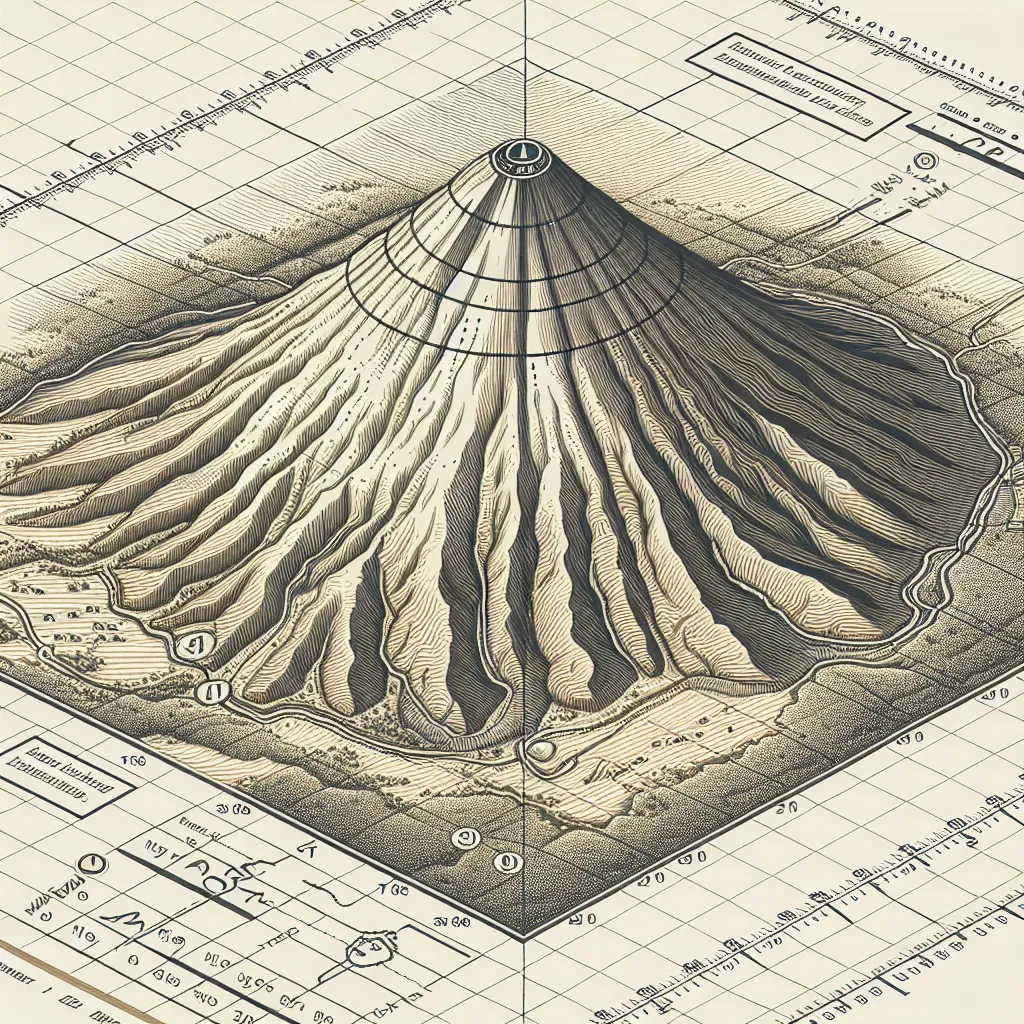

Post your own comment: